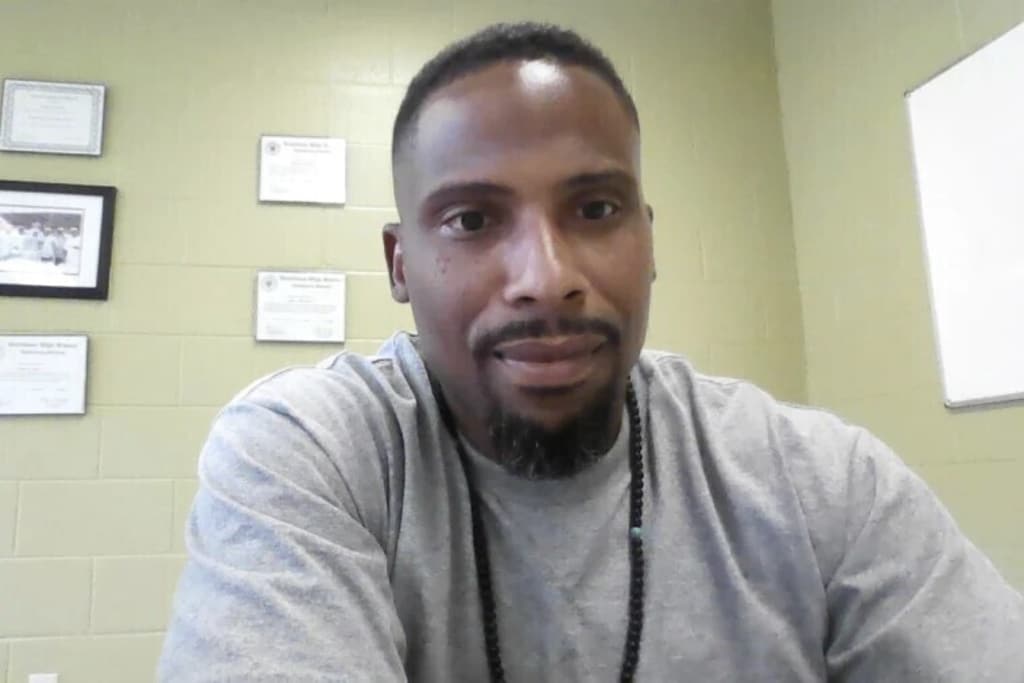In Hoffman v. Westcott, 604 U.S. ____ (2025), the U.S. Supreme Court had to decide whether to issue a stay of execution to Jessie Hoffman, a Louisiana resident who was convicted of murdering Mary “Molly” Elliott. He was scheduled to be executed by nitrogen hypoxia.
Hoffman had sued Gary Westcott, the Secretary of the Louisiana Department of Public Safety and Corrections, on the basis that the execution would impinge his Buddhist religious beliefs by interfering with his meditative breathing as he died. Hoffman cited the Religious Land Use and Institutionalized Persons Act (RLUIPA) of 2000, which was intended to protect First Amendment free exercise of religion rights.
Background on the death penalty
The death penalty has long been controversial. After a decision in Furman v. Georgia, 508 U.S. 238 (1972), in which the U.S. Supreme Court claimed that the penalty was being unconstitutionally applied, numerous states enacted new laws that bifurcated trials for capital offenses into separate phases related to guilt or innocence and a subsequent determination as to whether to apply the death penalty on the basis of various aggravating and mitigating factors.
The Court upheld these procedures in Gregg v. Georgia, 428 U.S. 153 (1976), although it has limited the death penalty to cases involving murder and restricted it in cases involving juveniles and individuals with mental disabilities.
Lower court took issue that Buddhism required meditative breathing
Although the sincerity of Hoffman’s religious beliefs were not in question, the district court had denied his claim, apparently on the basis of its own “findings” about what kind of breathing Hoffman’s faith required.
Although the U.S. Supreme Court declined to halt the execution and gave no reason for its decision, four of the justices (Sonia Sotomayor, Elena Kagan, Ketanji Jackson, and Neil Gorsuch) would have granted the application for a stay. Gorsuch wrote a brief dissent explaining his reasoning.
Gorsuch dissent: 5th Circuit should have considered religious claims
He observed that the Court had declared in Masterpiece Cakeshop, Ltd. V. Colorado Civil Rights Commission, 584 U.S. 617, 651 (1918) that courts have “no license to declare . . . whether an adherent has ‘correctly perceived’ the commands of his religion.” Gorsuch further observed that the 5th Circuit Court of Appeals had not addressed this issue or the RLUIPA claim. Recognizing that Hoffman’s claim might ultimately lack merit, Gorsuch would have remanded the case back to the 5th Circuit to examine the issue.
On March 18, Hoffman was executed by the nitrogen gas method.
Supreme Court has examined religious claims in other executions
Although the outcome differed, the case is somewhat similar to the issue the Court confronted in Dunn v. Smith, 592 U.S. ____ (2021), In that case, the Court prohibited the execution of a defendant without providing him with the presence of a member of the clergy as he had requested.
An earlier decision in Cruz v. Beto (1972) had required trial courts to examine claims by a Buddhist prison inmate, Fred Cruz, that prison authorities had denied his religious rights.
John R. Vile is a political science professor and dean of the Honors College at Middle Tennessee State University.

